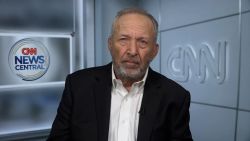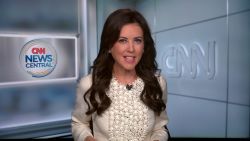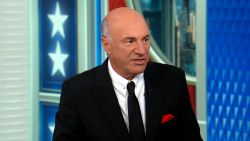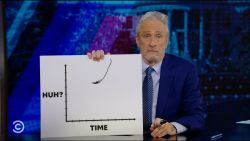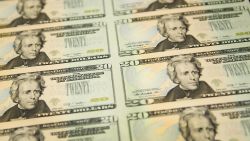The narrative on Wall Street is shifting.
Traders have long placed their bets on the Federal Reserve cutting rates in September, and Fed Chair Jerome Powell basically confirmed as much Wednesday.
That rate cut, expected in six weeks, was priced in to stocks, which have been rising over the past few months in hopes of a cut. Rate cuts tend to juice stocks, because they lower borrowing costs for businesses and can help boost profits.
But now, fear is starting to take hold, as concerns mount that the Fed may not be acting quickly enough to keep America’s job market in good shape. Friday’s worse-than-expected jobs report confirmed those fears.
Powell warned Wednesday that cracks are starting to form in the labor market, and the sudden jump to a 4.3% unemployment rate is the latest piece of evidence.
On Thursday, the stock market underwent a bit of a reset, with the Dow falling more than 600 points as America may be entering a new phase of the economy — a slowdown in hiring. The broader S&P 500 tumbled 1.5% and the tech-heavy Nasdaq Composite dropped a stunning 2.5%.
Those fears extended globally, with Japan’s Nikkei 225 plunging 5.8% Friday, the index’s biggest daily drop since March 2020.
US stocks fell further Friday after Amazon and Intel reported dreadful earnings and outlooks as the transition to AI has proven costly while its prospects remain uncertain. The bad jobs report sent stocks sinking even further: The Dow fell 800 points, or 2.3%. S&P 500 futures were down 2.6% and Nasdaq futures were 3.1% lower.
It’s been a turbulent few weeks for markets, as some earnings reports have underwhelmed and fear about increased regulation of tech and lackluster AI performance have soured investors’ moods. Companies have reported US consumers have pulled back from restaurants and retailers, and this week some preliminary jobs data looked weak.
But America’s economy remains strong. A report last week on second-quarter gross domestic product, the broadest measure of the US economy, was particularly robust, showing consumer spending resilience. Housing data is starting to show some signs of improvement, including mortgage rates tumbling to their lowest levels since February on Thursday. And Wall Street seems unfazed by Vice President Kamala Harris’ surprise frontrunner status for the Democratic presidential nomination.
Look for more of this bumpiness over the next few months as economists and investors sort out what may be a new phase in America’s economic growth story.










